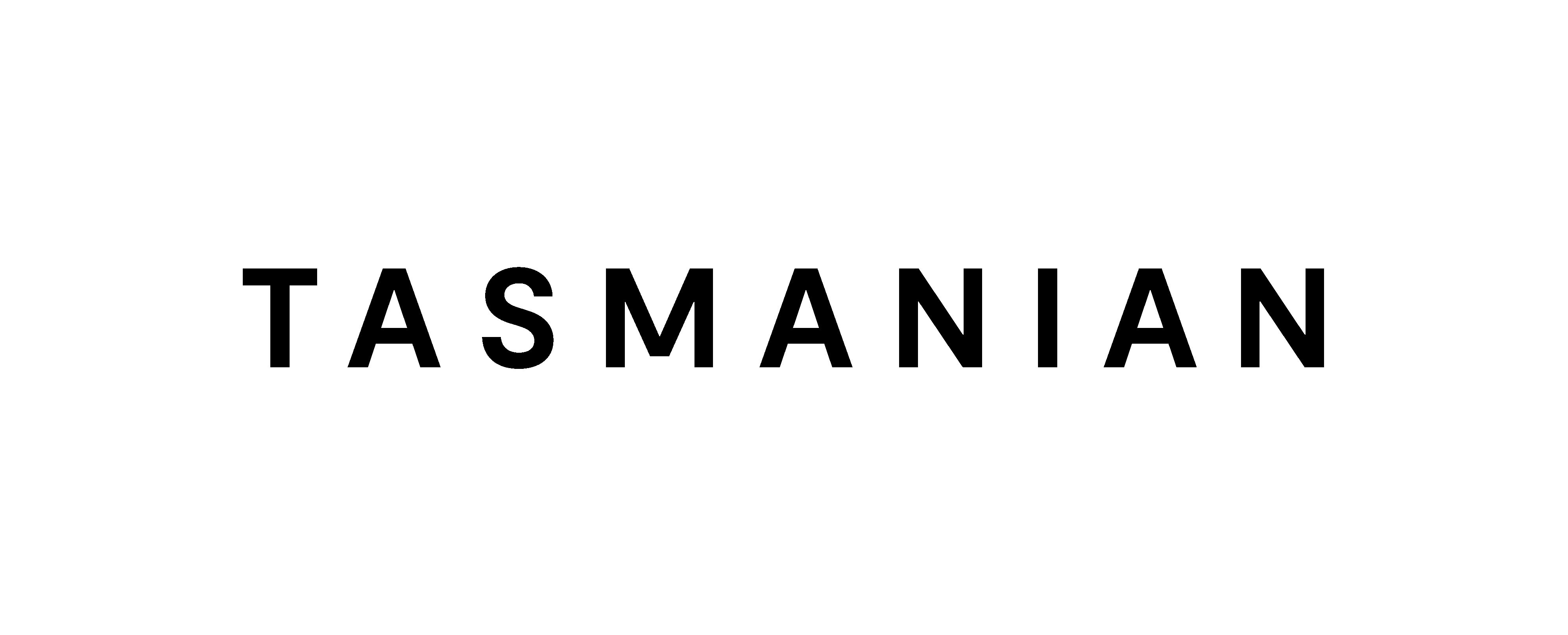Find your own tailored SEO strategy to generate more traffic and revenue in Tasmania.
What is search engine optimisation (SEO)?
SEO is important for small and medium-sized enterprises (SMEs) because it allows them to compete with larger companies in search results. It also helps SMEs to reach a larger audience and can be a cost-effective way to generate leads and increase sales. Additionally, SEO can help to build brand awareness and credibility.
SMEs can improve their online visibility and reach a larger audience using SEO techniques such as keyword research, on-page optimisation, link building, and content creation. By using relevant keywords, SMEs can improve their likelihood of appearing at the top of search engine results pages for those keywords, making it more likely that potential customers will find their website.
Additionally, SEO can help to build brand awareness and credibility. When a website appears at the top of search engine results, it helps to create a perception of authority and trust in the eyes of potential customers. This can be especially important for SMEs trying to establish themselves in a competitive market.
In conclusion, SEO is an essential strategy for SMEs looking to improve their online visibility and reach a larger audience. By investing in SEO, SMEs can drive more traffic to their website, generate more leads, increase sales, and build brand awareness and credibility.
How does SEO work?
Keyword research is a crucial aspect of SEO. It involves identifying keywords and phrases potential customers use when searching for products or services related to your business. Once these keywords are identified, you can optimise your website's content, meta tags, and images to include them. This optimisation helps your website rank higher in search engine results.
On-page optimisation is another significant aspect of SEO. It ensures that your website's structure, meta tags, and content are optimised for search engines. This includes creating unique and high-quality content, optimising meta tags, and ensuring easy website navigation.
Link building is a vital part of SEO as well. It involves acquiring backlinks from other websites to your own. Backlinks act as votes of confidence for your website, enhancing its authority in the eyes of search engines. The more high-quality websites link to your site, the more authoritative your website appears.
Content creation is also crucial for SEO. It involves producing valuable, unique, and informative content that engages and informs your audience. This content can take various forms, such as blog posts, articles, videos, infographics, etc. Creating valuable content can attract backlinks and increase your website's visibility.
In summary, SEO is a complex process incorporating various techniques to optimise a website for search engines. You can improve your website's visibility and ranking in search engine results pages by implementing keyword research, on-page optimisation, link building, and content creation.
Why is SEO important for marketing?
One of the main reasons SEO is important for marketing is that it helps businesses appear at the top of search engine results pages (SERPs) for relevant keywords. This makes it more likely that potential customers will find the business when searching for products or services related to the organisation. In a competitive market like Tasmania, SEO can be a cost-effective way for businesses to stand out and attract new customers.
Another important aspect of SEO is that it helps to increase brand awareness and credibility. When a business appears at the top of search engine results, it can create a perception of authority and trust in the eyes of potential customers. This can be especially important for Tasmanian businesses trying to establish themselves in a competitive market.
SEO also helps businesses to reach a larger audience. With the rise of mobile devices and voice search, people use search engines to find information more than ever before. By optimising their website for search engines, Tasmanian businesses can reach a wider audience and attract new customers from all over the world.
Moreover, SEO can be a cost-effective way to generate leads and increase sales. By driving more traffic to their website, Tasmanian businesses can generate more leads, increase sales and improve their ROI.
In conclusion, SEO is an essential strategy for Tasmanian businesses looking to improve their online visibility and reach a larger audience. By investing in SEO, Tasmanian businesses can drive more traffic to their website, generate more leads, increase sales, and build brand awareness and credibility.
Gloo SEO services for Tasmanian small-medium size businesses
White-hat SEO
White-hat SEO refers to the use of ethical and effective techniques to improve a website's search engine ranking. These techniques include creating high-quality, original content, optimising website structure and code, and building natural backlinks. By adhering to the guidelines set by search engines like Google, white-hat SEO practitioners aim to provide a positive user experience while improving visibility and driving traffic to a website.
One of the key aspects of white-hat SEO is creating valuable and informative content that addresses the needs and interests of your target audience. It can include blog posts, infographics, videos, and more. By providing valuable information, you can attract natural backlinks and increase engagement on your website.
Additionally, white-hat SEO practitioners focus on optimising the technical aspects of a website, such as website structure, meta tags, and header tags. This helps to ensure that search engines can easily crawl and index your website, making it more likely to appear in search results.
White-hat SEO also involves building natural backlinks from other reputable websites. This can be done by creating high-quality content that other websites want to link to or by reaching out to other websites and asking for a link. Building natural backlinks is important because it signals to search engines that your website is valuable and credible.
It is important to note that, Unlike black-hat SEO, white-hat SEO is a long-term strategy that focuses on providing value to users and building a sustainable online presence. It may take longer to see results, but the benefits are worth the effort.
In conclusion, white-hat SEO is a set of ethical and effective techniques that help to improve a website's search engine ranking while providing a positive user experience. By creating valuable content, optimising website structure and code, and building natural backlinks, white-hat SEO practitioners can help to increase visibility and drive traffic to a website.
On-page SEO
On-page SEO refers to the techniques used to optimise individual web pages to rank higher and earn more relevant traffic in search engines. It includes optimising content, meta tags, images, and other webpage elements. By ensuring that your web pages are optimised for both search engines and users, you can increase the visibility of your website and drive more relevant traffic to your pages.
On-page SEO techniques include researching and using relevant keywords, optimising meta tags, creating high-quality, engaging content, optimising images and videos, and making sure the website is mobile-friendly, loads fast and easy to navigate. By implementing these techniques, you can improve your website's search engine rankings, drive more relevant traffic and provide a better user experience.
Off-page SEO
Off-page SEO refers to the techniques used to improve a website's search engine ranking by building backlinks from other websites. These backlinks act as a "vote of confidence" for search engines, indicating that other websites consider your content valuable and trustworthy. Building high-quality, relevant backlinks from reputable websites can improve your website's visibility and search engine rankings, thus driving more relevant traffic to your website.
Techniques used in off-page SEO include link building, social media marketing, guest blogging, and influencer outreach. It's important to remember that quality is more important than quantity when it comes to backlinks and avoid link schemes and manipulative tactics that violate search engine guidelines.
Technical SEO
Technical SEO refers to the optimisation of the technical aspects of a website to improve its visibility and rankings in search engine results. It includes optimising website structure, code, and architecture to ensure that search engines can easily crawl, index, and understand the website's content. Technical SEO also includes optimising website speed, ensuring it is mobile-friendly, fixing broken links, and ensuring the website is secure (using HTTPS).
Additionally, it involves implementing structured data, which helps search engines understand the type of information on your website, and making sure that your website is easily navigable, which allows both search engines and users to find the information they need. By addressing and optimising these technical elements, you can improve your website's search engine ranking and drive more relevant traffic to your website.
Local SEO
Local SEO is the process of optimising a business website to rank higher in search engine results for local search queries. This includes optimising the business name, address and phone number (NAP) on the website and other online platforms, creating and optimising a Google Business Profile listing, and building local backlinks. By optimising local search, businesses can increase their visibility in search results for customers searching for products or services in their area.
Additionally, local SEO includes techniques such as creating location-specific content and encouraging customers to leave reviews on popular review websites. By implementing these techniques, businesses can improve their visibility in local search results, making it easier for customers to find them and increasing the chances of converting them into paying customers.
Content SEO
Content SEO is the process of optimising the content on a website to improve its visibility and rankings in search engine results. This includes researching and using relevant keywords, creating high-quality, engaging and informative content, optimising meta tags and images, and ensuring the website is mobile-friendly and easy to navigate. By providing valuable and informative content that addresses the needs and interests of your target audience, you can attract natural backlinks and increase engagement on your website.
Additionally, well-optimised content can help search engines understand the context and purpose of your website, which can increase the chances of showing up in relevant search results. Content SEO is a long-term strategy that should be integrated into your overall SEO plan, as it helps build a sustainable online presence and attract relevant traffic to your website.
Our approach to SEO in Tasmania

Website Audit

Market Research

Keyword Research

Content Creation

On-Site Optimisation

Link Building

Content Strategy

Ongoing Reporting

Competitor Monitoring
What is local SEO?
Why is local SEO important?
Local SEO is important for Tasmanian businesses because it increases their visibility in search results for customers searching for products or services in their area. By optimising local search, Tasmanian businesses can improve their chances of being found by potential customers searching for businesses like theirs in their area. Additionally, with the rise of mobile devices, more and more people are searching for local businesses on the go, so it is crucial for Tasmanian businesses to have a strong local SEO strategy in place to show up in those searches.
Optimising for local search can help Tasmanian businesses stand out from their competition and drive more relevant traffic to their website, which can lead to increased sales and revenue. It's also worth noting that a strong local SEO strategy can help Tasmanian businesses establish their reputation in their local market and build trust with their customers.
Location-specific content
Creating location-specific content and encouraging customers to leave reviews on popular review websites such as Google, Yelp and TripAdvisor are also important factors for local SEO.
By addressing these factors and implementing a comprehensive local SEO strategy, businesses can improve their visibility in local search results, making it easier for customers to find them and increasing the chances of converting them into paying customers.
What is the Google Map Pack?
The Google Map Pack is a feature that appears at the top of Google search results when a user conducts a local search. It displays a map with three local business listings, with their business name, address, phone number, and rating. The businesses that appear in the Google Map Pack are determined by a combination of their relevance, distance, and prominence. Relevance is determined by the information on the business's website and Google Business Profile listing, distance is based on the user's location and the business, and prominence is based on factors such as the business's popularity, reviews, and overall online presence.
The Google Map Pack is an important feature for local businesses because it can increase visibility, drive more relevant traffic to their website, and ultimately increase sales and revenue. By optimising their Google Business Profile listing and website for local SEO, businesses can improve their chances of appearing in the Google Map Pack and reaching more local customers.
Benefits of optimising for the Google Map Pack
Optimising for the Google Map Pack can bring several benefits to a business. Firstly, it can greatly increase visibility by placing an organisation at the top of search results for local queries, making it more likely to be seen by potential customers. This can drive more relevant traffic to a business's website, leading to increased sales and revenue. Additionally, appearing in the Google Map Pack can help establish a business's reputation and build trust with customers by displaying the business name, address, phone number, and rating.
Furthermore, it can also increase the click-through rate (CTR) as it provides a clear call-to-action which is "get directions" and "visit website" buttons. Also, it can help to improve brand awareness and create a sense of authority in the local market. Overall, optimising for the Google Map Pack can help businesses increase visibility, drive more relevant traffic to their website, and ultimately increase sales and revenue.
Frequently asked questions
Does SEO really work?
SEO can be a powerful tool for driving relevant traffic to a website, but it's important to understand that it is more than a one-time or quick-fix solution. SEO is a long-term strategy that requires ongoing effort and optimisation. Properly executed SEO can make a significant difference in a website's visibility and search engine ranking, but it's essential to have realistic expectations and understand that it takes time to see results.
SEO can be an effective and cost-efficient way to increase the visibility of a website, drive more relevant traffic, and ultimately increase revenue. As long as you approach SEO sustainably, ethically, and consistently, it can be a wise long-term investment.
Is SEO worth it?
Investing in SEO can be a wise decision for many businesses, as it can increase visibility, drive more relevant traffic to the website, and ultimately increase revenue. SEO can be especially beneficial for small or local businesses, as it can help them compete with larger companies and establish a strong online presence.
Additionally, SEO can also be more cost-efficient than other forms of online marketing such as paid advertising.
How long does SEO take?
The time it takes for SEO to show results can vary depending on various factors, such as the website's current state, the level of competition, and the resources dedicated to the SEO effort. Generally, it can take a few months to a year or more to see significant improvements in search engine rankings and website traffic. However, it's important to understand that SEO is a long-term strategy, and the efforts should be continuous and consistent.
SEO requires ongoing effort and optimisation to maintain and improve the website's visibility and search engine ranking. Also, it's important to be patient and not to expect immediate results, as SEO is a gradual process that takes time to show results.
Additionally, it's important to consider that SEO is a continuous process, and the changes in search engine algorithms, competition and other external factors may require ongoing updates and adjustments to the strategy to maintain the website's visibility and search engine ranking.
In conclusion, the time it takes for SEO to show results can vary, but it's generally a long-term strategy that requires ongoing effort and optimisation. Businesses should be patient and not expect immediate results, as SEO is a gradual process that takes time to show results.
